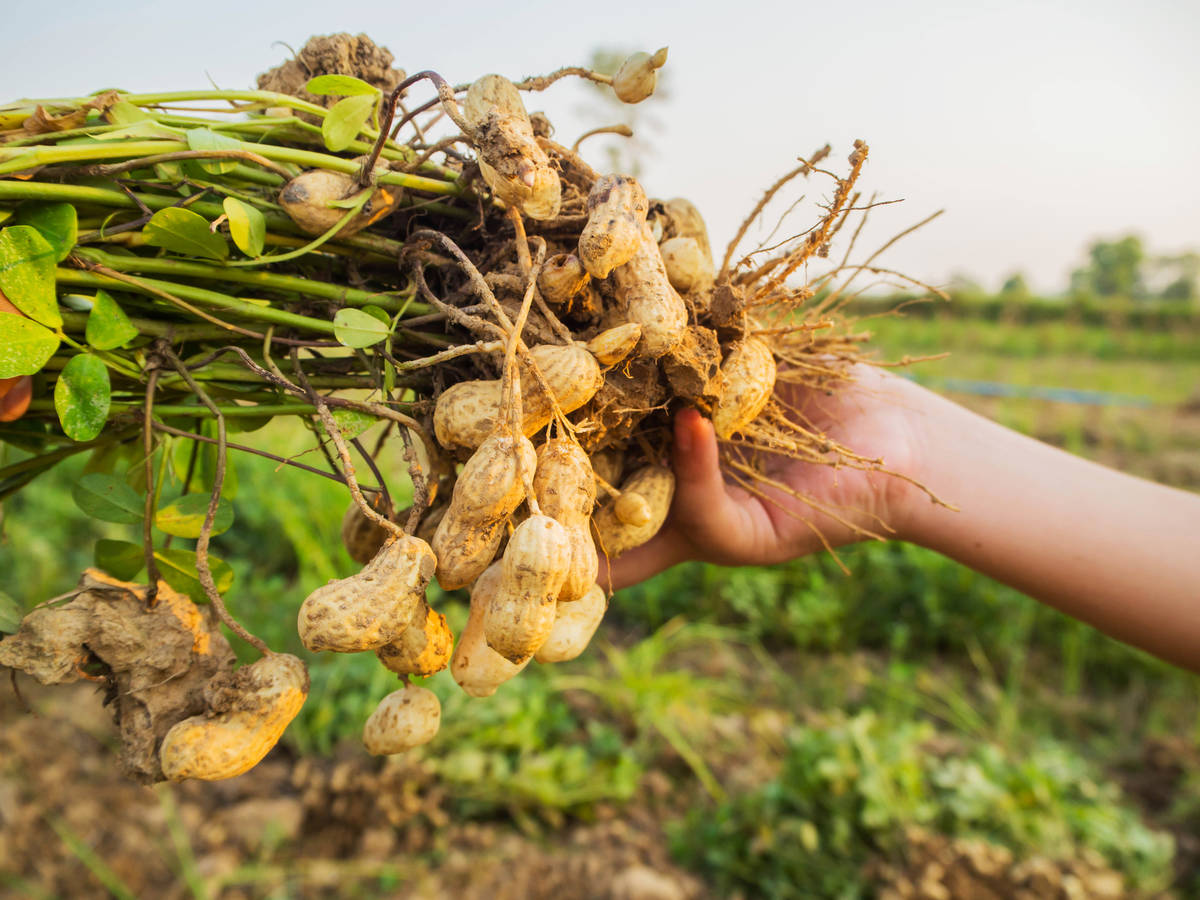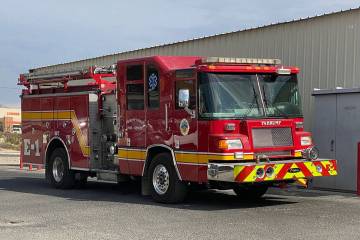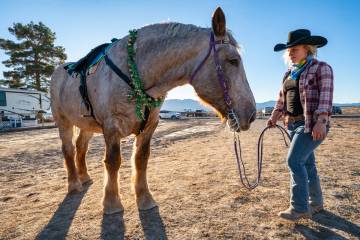In Season: Peanuts are as American as apple pie
There may be few foods as iconic to American childhood as peanut butter. When you travel to other countries you are not likely to find it for sale nor are you likely to find many fans of it.
During the Great Depression peanut butter was a staple in the kitchen of American households and peanut butter sandwiches were handed out in food lines. Unusual meal concoctions were created to make use of it, one of them being baked onion stuffed with peanut butter. It’s not my cup of tea but when you’re hungry you make do with what you have.
My grandmother, who was a child in the Great Depression, relayed her own story to me of a time when peanut butter was hard to come by. She craved it so much that she was over the moon with joy when she received a jar for her birthday. She took the jar to the basement and ate the whole thing in one sitting. That night she grew ill from eating too much peanut butter and to this day she can’t bear to even look at the stuff.
Peanuts are not actually a nut. They are in the legume family and related to peas and beans. Their native setting is the hot, humid jungles of South America, but they grow well in our climate too with the right care.
How to plant and grow peanuts:
First, choose the right variety. There are four varieties of peanuts that are usually grown in the U.S; Runner, Spanish, Valencia, and Virginia. I have tried the Spanish and Valencia varieties and have had good success with both.
Once the temperature outdoors has been above 60 degrees for at least three weeks you can direct sow your peanut seeds into the garden. They can also be started indoors four to six weeks before. I usually direct sow in mid to late April.
Peanuts prefer a loose, loamy soil with a pH of at least 6.5. Choose a spot that receives full sun and where the peanuts can be spaced at 18 inches apart. As the peanut plant grows it will form yellow flowers all along the vine. Eventually the plant will fall over and sprout pegs that will spike into the ground forming peanuts.
Remove the raw peanuts from the shell if they are not already shelled and plant them 2 inches deep. That is about to the depth of your knuckle. Some growers like to create hills, similar to planting potatoes but I have not found this to be necessary. Water evenly and keep the soil moist at all times.
Peanuts enjoy a high humidity, high temperature environment. The soil should remain damp to the touch at least 2 inches down. The easiest way I have found to maintain proper moisture levels is with the use of driplines. I water peanuts on the same schedule as the rest of my summer vegetables. When it comes to feeding, peanuts are nitrogen fixing and do not need to be fed with a fertilizer.
Harvesting and storing peanuts:
You’ll know that your peanuts are ready to harvest when the entire plant turns yellow and drying up. A common practice is to wait until the green plant has been killed off by the first frost. I find this to be effective.
Pull the whole plant from the ground gently and softly shake to remove the excess soil. This will reveal the seed pods. Choose a dry time of day to complete this task as you want the peanut shells to be as dry as possible. At this point lay the entire plant in the sun to dry for at least a week. If birds or other critters are an issue in your garden then cover the plants with bird netting.
After drying for a week, pull the pods from the roots and brush off any remaining soil with a soft-bristled scrub brush. Then spread your peanuts in an even layer with space between them in a cardboard box or other flat breathable container. Leave the pods to dry in the sun for another week, again covering with bird netting if needed. If drying outdoors is not feasible, place the pods in a dry spot indoors or in a shed or garage to dry. This may take a few days longer.
After a week the dried pods are ready to be stored. Peanuts can be stored either shelled or unshelled in buckets or jars. As you shell the peanuts you may come across nuts that are soft and green. These are nuts that did not fully mature. Green peanuts are an excellent candidate for boiling and there are many recipes you can find on that matter. Mature nuts can be eaten raw, roasted, and of course made into peanut butter.
No matter how you choose to eat them, peanuts are a great option for our gardens in the scorching hot summer months.
Terri Meehan is the Founder of Southern Nevada Gardening Association a regional group. She is a garden mentor and local farmer in Pahrump. Send questions or comments to her at sonvgarden@gmail.com
Dry roasted peanuts make a filling and heart healthy snack
Just 1 ounce of dry roasted peanuts contains 25% of the daily recommended levels of niacin, 9% of vitamin E, and 7% of folate. It also contains magnesium, vitamin B6, and riboflavin. The best part is, dry roasted peanuts contain 0 cholesterol.
To roast shelled peanuts spread them in a single layer in a shallow pan and bake in a 350-degree oven for 15 to 20 minutes. Watch them carefully to prevent burning. Let cool for at least 20 minutes before handling and enjoy!
Source: U.S. Department of Agriculture, Agricultural Research Service. 2018. USDA National Nutrient Database for Standard Reference, Legacy Release, April 2019

















